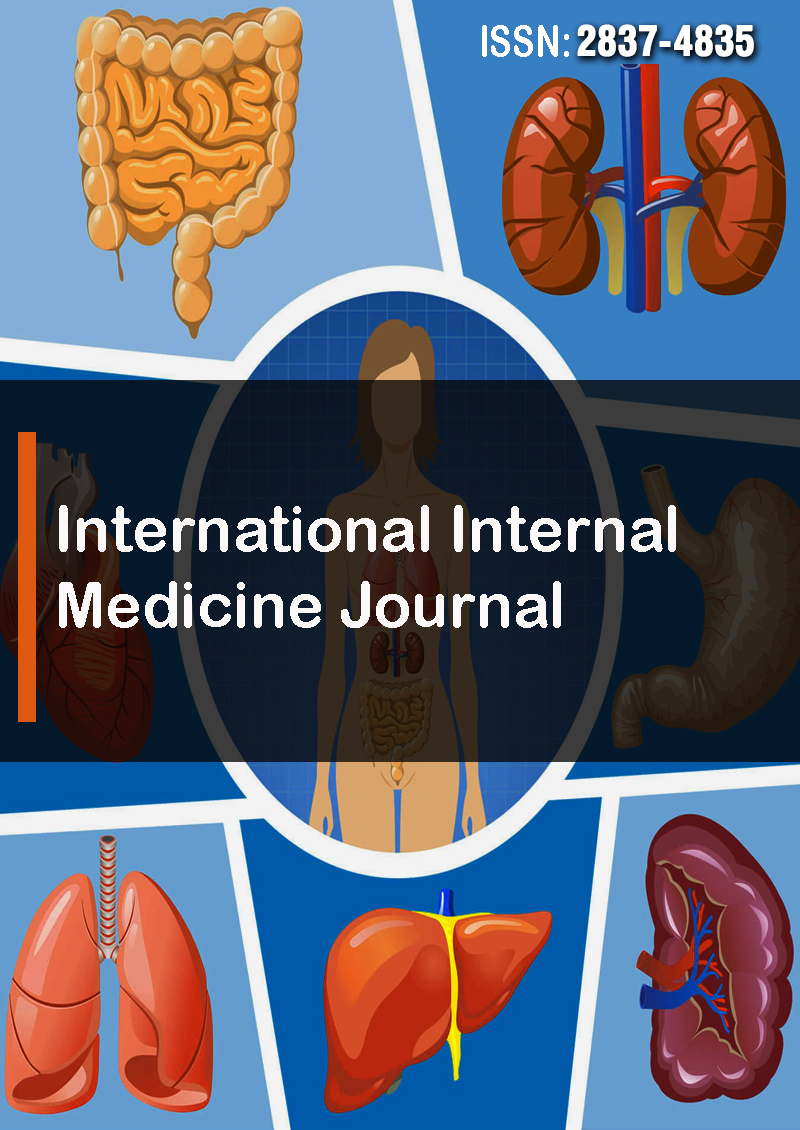Evaluation of Substitution of Stem Bark with Small Branches of Stereospermum Chelonoides DC and Quantitative Estimation of Lapachol by HPLC
Abstract
Ajay Kumar Meena, R Ilavarasan, Ayyam Perumal, Om Prakash, Vikas Ojha, Ravindra Singh, N Srikanth and K S Dhiman
Background: Stereospermum chelonoides DC, also known as padhri, is a medicinal plant that belongs to the Bignoniaceous family and is commonly used in herbal medicine. Natural materials separated from a variety of traditional herbal plants have been claimed to had a significant impact on the development of numerous lead compounds used in the treatment of health issues in communities all over the world. The plant stem bark and small branches is used in traditional and folklore medicine to treat a variety of ailments. The aim of this study is to assess the Pharmacognostic and physicochemical analysis of Stereospermum chelonoides stem bark and small branches. The stem is used for the study of characters; whereas physicochemical parameters such as pH, total ash content, acid insoluble ash, water soluble extractive, alcohol soluble extractive, loss on drying are determined.
Results: Preliminary phytochemical studies of ethanolic and aqueous extract of Stereospermum chelonoides DC ascertained the presence of flavonoids, saponins, Coumarins, Alkaloids, Furanoids, phenolic, Quinones, Reducing sugars, Sugars (Carbohydrate), triterpenoids, and tannins. The findings of the present study lay down standards which could be useful to detect the authenticity and for detailed evaluation and investigation of this plant. Lapachol which is indicated in the High Performance Liquid Chromatography, further studies may be conducted on the method validation by High Performance Liquid Chromatography to quantify in formulations, extracts and raw materials for quality control purpose.
Conclusion: The stem bark and small branches of this plant useful in the future as it will not have any harmful effect to the plant so its small branches are more important than stem bark in the formulation of drugs which will derive from Stereospermum chelonoides DC.



